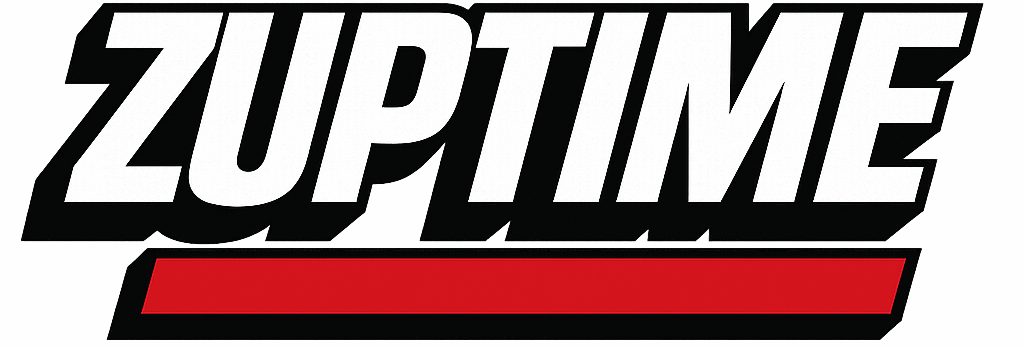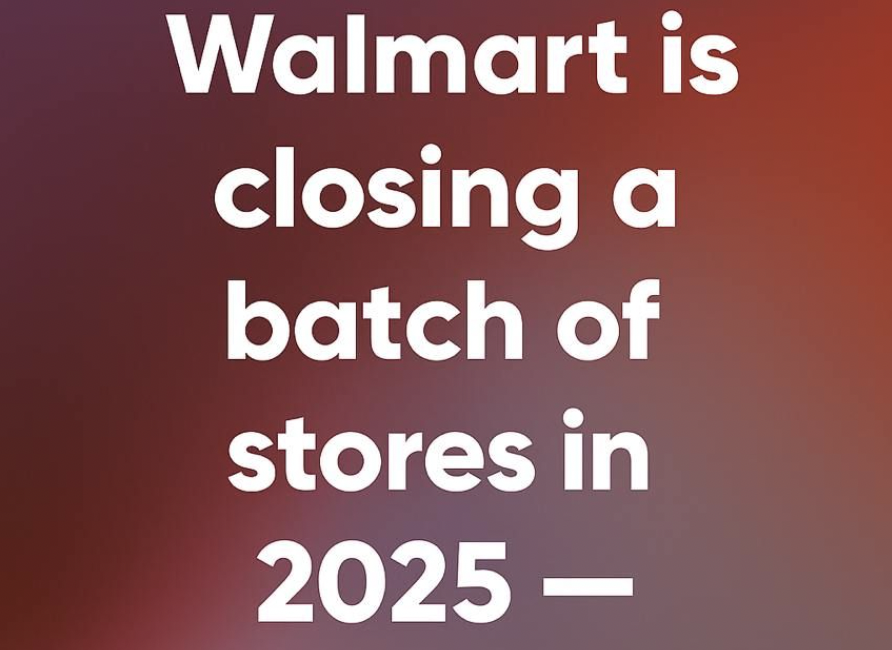For years, Walmart has defined the American shopping experience. With unbeatable prices and vast selections of groceries, apparel, and home essentials, the retailer has become a cornerstone of convenience. Yet, one element of the Walmart journey has stirred more conversation than most: the self-checkout lanes.
Some customers embraced the innovation. Others found it frustrating. Now, Walmart is making a bold shift—reducing self-checkout stations to bring back more staffed registers, prioritizing a warmer, more personal shopping environment.
If you’ve ever sighed at the phrase “unexpected item in bagging area,” this change might brighten your day.
The Promise and Pitfalls of Self-Checkout
When Walmart rolled out self-checkout, the goal was clear: streamline the process. Customers could scan their purchases, bag them independently, and bypass lengthy queues.
The concept seemed promising. In reality, it often fell short.
Shoppers struggled with glitchy screens and unreliable scanners.
Cramped bagging spaces made handling large grocery hauls cumbersome.
Machines frequently flagged errors, requiring staff intervention regardless.
Many customers felt they were performing a cashier’s job without compensation.
For older shoppers especially, the technology often felt like a barrier rather than a benefit. What was meant to save time frequently left people more irritated than before.
The Unseen Costs of Automation
The challenges extended beyond technical frustrations and crowded spaces.
Shoplifting surged. Studies showed self-checkout systems were prone to theft, whether deliberate or unintentional. A mis-scanned item, a barcode obscured by a hand, or a simple mistake could lead to lost revenue. For a retail titan like Walmart, these “minor errors” translated to billions in annual losses.
At the same time, cashier roles quietly diminished. For a company known for its approachable service and low prices, the scales had tipped too heavily toward automation.
The Value of Human Interaction
Shopping is more than a transaction for many. It’s a moment of connection.
Older customers, in particular, cherish the small but significant interactions:
A cashier inquiring about your day.
A warm smile as they scan your items.
A brief exchange about local events or the weather.
These moments foster a sense of belonging that no machine can replicate. Without them, Walmart stores started feeling sterile, less like community hubs and more like impersonal warehouses.
It became evident that while some valued speed and autonomy, many felt disconnected by the absence of human warmth.
Walmart Responds with a New Approach
After years of mixed reviews, Walmart is rethinking its strategy. The retailer recently revealed plans to scale back self-checkout lanes and expand staffed registers.
This isn’t a full retreat to the past. Walmart is introducing a balanced approach:
More traditional cashier stations for those who prefer personal service.
A limited number of self-checkout kiosks for quick purchases or tech-comfortable shoppers.
New “assisted checkout” options, where customers scan items but have an employee nearby to assist or ensure a seamless process.
The aim? Harmony. Walmart seeks to merge technological efficiency with the welcoming presence of human support.
Why This Shift Matters Now
Walmart isn’t alone in this change. Other major retailers, like Target and Costco, are also dialing back self-checkout. The reasons align:
Escalating theft that’s too significant to overlook.
Customer frustration with complex technology.
A competitive retail landscape where exceptional service sets brands apart.
By reinvesting in cashier lanes, Walmart is showing it prioritizes trust and connection alongside efficiency.
What Shoppers Can Expect
The next time you visit Walmart, here’s what you’ll likely encounter:
Fewer self-checkout stations. Some stores will retain a few, but not the sprawling rows of the past.
More staffed registers. Those who enjoy face-to-face service will have that choice again.
Hybrid checkout options. Certain locations will offer “assisted self-checkout” with employees on hand to help.
Continued innovation. Walmart is still exploring mobile app-based checkout and AI tools for pricing and inventory, ensuring technology complements rather than overshadows human presence.
For everyday shoppers, this means less wrestling with finicky machines and more flexibility in how you complete your purchase.
A Broader Retail Transformation
Industry experts view this as part of a larger cultural shift. Automation once dominated retail strategies, but companies are now recognizing that efficiency alone doesn’t suffice.
As one retail analyst noted:
“Customers want more than speed. They want to feel valued. A cashier’s smile or quick conversation builds loyalty in a way machines never can.”
This return to human connection could be one of Walmart’s wisest decisions in recent years.
Prioritizing Empathy in Retail
Walmart’s updated checkout strategy goes beyond business—it reflects an understanding of what customers truly value. Yes, we seek efficient service. Yes, convenience matters. But above all, we want to feel recognized.
The next time you shop at Walmart, expect fewer machines and more cashiers ready to welcome you. For many—especially seniors who cherish kindness as much as efficiency—this shift feels like a refreshing change.
Because the future of retail isn’t solely about faster transactions. It’s about shopping with dignity, respect, and a sense of connection. And that, above all, is Walmart’s greatest commitment.




